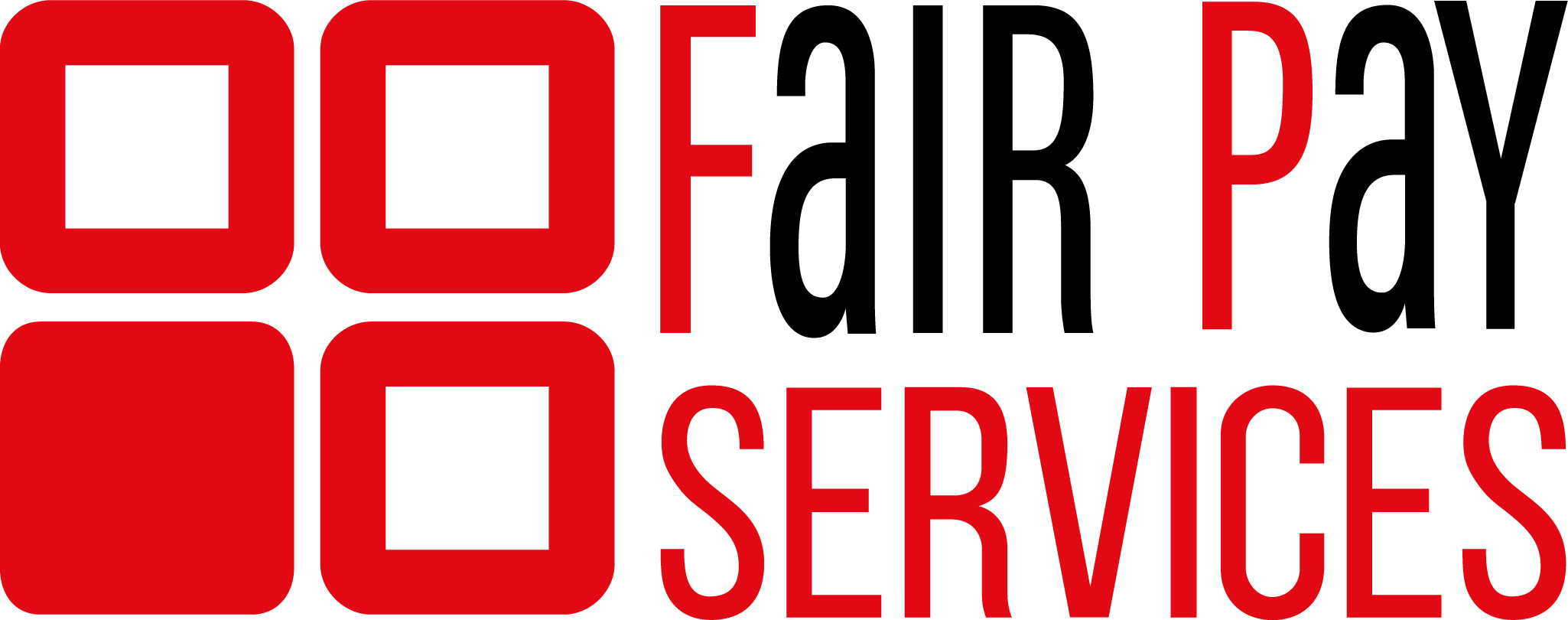Supply teaching offers a unique level of flexibility and freedom for education professionals, allowing them to choose when and where they work. Many supply teachers operate as contractors through an umbrella company, which takes care of their tax and payroll obligations.
However, understanding how umbrella pay is calculated can be complex, especially if you’re new to this model.
We’ve broken down how umbrella pay works and what supply teachers can expect when they’re paid through an umbrella company.
How is umbrella pay structured?
One key thing to understand about umbrella pay is that it is different from standard PAYE (Pay As You Earn) pay. Here’s a step-by-step breakdown of how your pay is calculated when you work through an umbrella company:
-
Your contract rate
This is the rate that the school or agency agrees to pay for your services. It’s often referred to as the ‘umbrella rate’ or ‘assignment rate,’ and it includes the costs of employment such as your salary, holiday pay, employer’s National Insurance contributions, and the umbrella company’s fee. The umbrella rate is generally higher than the standard PAYE rate because it factors in these extra costs.
For example, if a school agrees to pay £150 per day, that amount is the contract rate, which includes all the on-costs associated with employing you through an umbrella company.
-
Employer deductions
Before you receive your pay, the umbrella company must first make some deductions from the contract rate. These deductions cover employment costs such as:
- Employer’s National Insurance contributions: as the umbrella company is technically your employer, they are responsible for paying this to HMRC.
- Employer’s pension contributions (if applicable): if you have opted into a pension scheme, the umbrella company will contribute to your pension on your behalf.
- Apprenticeship levy: a small percentage of the contract rate goes toward the Apprenticeship Levy, which is a government initiative to fund apprenticeships across the UK.
- Umbrella company fee: the umbrella company deducts a fee for its services, which comes out of the contract rate. The fee can be either a fixed amount or a percentage of the contract rate, depending on the umbrella company’s terms.
These employer deductions are not taken from your pay but are factored into the total contract rate. Once they are deducted, you’re left with what is known as your “gross pay.”
-
Gross pay
After the employer deductions are made, the remaining amount is your gross pay. However, gross pay does not yet reflect the amount that will be deposited into your bank account. From here, the usual payroll deductions are made:
- Income tax: your income tax is deducted at source, based on the tax code provided by HMRC.
- Employee National Insurance contributions: as with any PAYE employee, you’ll need to pay your employee National Insurance, which is also deducted from your gross pay.
- Pension contributions (if applicable): if you’re enrolled in a pension scheme, your employee contributions will be taken from your gross pay.
-
Holiday pay
Umbrella companies are required to pay you holiday pay. There are two common ways this can be handled:
- Accrued: Holiday pay is accrued over time and paid to you when you take time off.
- Advanced: holiday pay is included in your regular payments, which means your daily rate effectively includes holiday pay.
It’s essential to understand how your umbrella company handles holiday pay so that you know whether it’s included in your day-to-day earnings or paid separately. Fair Pay Services give you the option of choosing which is better for you and your lifestyle.
-
Your net pay
Finally, after all deductions — employer deductions, income tax, National Insurance, pension contributions, and umbrella company fees — the remaining amount is your net pay. This is the amount you will receive in your bank account. Depending on your rate and deductions, this should be around the same that you might expect when comparing it to a traditional PAYE role because the initial contract rate is uplifted before the deductions.
Transparency and pay slips
One benefit of working with a reputable umbrella company is that they will provide you with clear and transparent pay slips. Your pay slip will outline your contract rate, the deductions made, and your net pay. It’s important to review these carefully to ensure you fully understand how your pay is calculated.
Conclusion
Umbrella pay for supply teachers as contractors may seem complex, but understanding the key elements — contract rate, deductions, gross pay, and net pay — will help you make sense of it.
While umbrella companies take care of the administrative side of contracting, it’s crucial to ensure that you’re aware of how your pay is structured. This allows you to manage your finances effectively and focus on your teaching without unnecessary stress.

